Authors: Space Crew Group MembersSibsankar Palit, Tomas Ducai, Dhanusshya Raghu, and Raluca Papacocea “If people sat outside and looked at the stars each night, I’ll bet they’d live a lot differently…….How so?.......... Well, when you look into infinity, you realise that there are more important things than what people do all day.” Humans are planning to one day build settlements beyond Earth, although it should be noted that, currently, the total number of humans who have ventured beyond Earth (astronauts) is minuscule in comparison to the 8 billion global population. There is still a lot of work to be done. We are still not sure if space travel will be possible for everyone in our respective lifetimes, but in the meantime, there are several cosmic events that we can all witness from this blue dot on which we live. These include eclipses, meteor showers, etc. that occur at specific times, and give us a sense of belonging to the cosmos! So, we should try not to miss these cosmic events if at all possible. There are astronomy clubs and science museums that can be visited, or sometimes we can even view these events online using applications like Stellarium or Youtube, etc. Outreach activities at the Birla Industrial & Technological Museum, Kolkata (BITM, Kolkata)
Images Credit: Rounak Saha & Astronomy Club, BITM, Kolkata, WB, India A few members of the InnovaSpace Space Crew working group have actively engaged in observing two vital cosmic events that took place toward the end of 2022 - the Partial Solar Eclipse (25.10.2022) and Total Lunar Eclipse (08.11.2022). Below are a few snapshots of the recent eclipses. Author: Dr. Paul Zilberman Medical Doctor, Anaesthetist, Hadassah Medical Center Jerusalem, Israel Recently, more and more space dreamers and serious scientists foresee a human travelling to Mars. The closest planet to us in a centre to periphery direction from the Sun, Mars is still at 86,362 million km distance. Hmmmm… It is said that in similar conditions and with similar materials, the resultant product will usually look the same. Well, Mars is somehow considered a terrestrial planet. For illustration, I bring two pictures to your attention - similar, but with evident differences. Both show sunrise, but one is from Mitzpe Ramon in Southern Israel, while the other is from Mars. Obviously, the second image was not taken by me! With a bit of imagination, we can compare both images - would you take your family at the weekend for a grill (BBQ)? In both places? A grill? Well… let’s see what we need. Here on Earth, we know. But what do we have on Mars? Minimum temperature of -110 degrees Centigrade - too cold to eat outside. Maximum temperature is +35 degrees Centigrade. That’s ok, a bit like Mitzpe Ramon. So, let’s do the grill. But something’s missing! Yes, for fire we need some oxygen. The oxygen level on Mars is 0.2%, roughly 1/100 of what we have on Earth. Hmm… definitely not enough. And for a good and tasty grill you need to stay next to it and watch the meat, flip it from time to time. This is difficult too as the gravity on Mars is 3.721 m/s2, roughly 1/3 of that on Earth. Kinda floating a bit, isn’t it… ?
So, until we are able to have a grill on Mars, provided we can transport enough meat there and keep it edible, let’s enjoy a traditional and classic one in our own backyard. Enjoy! But…look to the skies from time to time…You will see Mars with the naked eye. BTW, we’ve started producing artificial meat over here… Authors: Mario Mollo & Thais RussomanoMM: Physiotherapy student | TR: Director, InnovaSpace | BOTH: Lifelong Space Enthusiasts! Ever wondered what trees might look like if they grew on other celestial bodies?Would a tree taken to grow on a planet smaller than ours and with less gravitational force, such as Mars where gravity is one-third that of Earth (hypogravity), have branches and leaves that point upwards, away from the soil? On the other hand, what if we took a tree to Jupiter, the biggest planet in the Solar System, where the force of gravity is 3.5 times that of Earth (hypergravity)? On this gigantic planet would tree leaves and branches be pulled downwards, unable to defeat gravity, perhaps looking more like the image below? 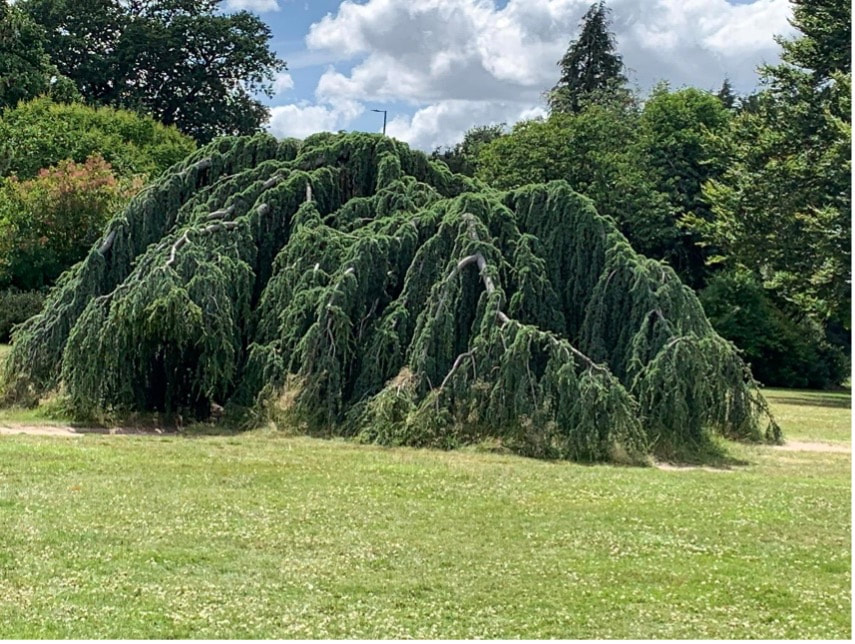 Photo – Thais Russomano, Hall Place & Gardens, Bexley, England, UK Photo – Thais Russomano, Hall Place & Gardens, Bexley, England, UK Or let’s consider a different scenario in which a tree is already native to a planet that has gravity bigger than on Earth – growing from a seed it would adapt straight away to the gravitational force of the planet, and perhaps grow differently. Do you think it might grow with a trunk that is thicker, larger, stronger, like the tree below? For the moment, however, until we can transport trees and plants to grow on other celestial bodies or perhaps even discover a planet where vegetation grows naturally, we will have to admire the trees that grow and are shaped by the gravitational force of our own planet Earth. These are the trees we have been lucky enough to grow up with, the usual ones that we are so accustomed to, the trees that we must take good care of and protect well, as they are things of beauty and so rare in our Solar System and beyond.
Author: Swapnil SinghUndergraduate: Astronomy Research & Mechanical Engineering - Astrophysicist of the future! The FutureThe concept of time travel centres around the idea of movement between certain points in time, parallel to movement between different points in space. Yes, in theory at least, as general relativity does allow for a tunnel through space-time linking two distant points in time, which then form a circular time loop called a wormhole or Einstein-Rosen bridge. A black hole with its intense gravitational field could potentially provide a fantastic means to travel through time by getting close enough to its Event Horizon without being swallowed up. In principle, by maintaining this “safe” distance you could travel centuries into the future relative to outside observer. The PastLight has a finite speed of 299,792,458 m/s. To travel any finite distance, it takes a finite amount of time. And hence, there is always a time lapse whenever light travels from any object to the observer's eyes. When you look at yourselves in the mirror (assuming you are 20 cm away from the mirror): you are actually looking at how you looked 1.33 nano seconds earlier i.e., you are looking 1.33 nano seconds into the past. For celestial objects, the distances are very large (in light years) and hence when we see the stars, we are actually seeing several years into the past. The stars we see today in the night sky might have even died thousands of years ago. Author: Thais RussomanoInnovaSpace Co-Founder & CEO; International Expert in Space Science as it relates to Humans Thirteen billion years ago, a picture of deep space, when the Universe was formed. Thirteen hundreds, precisely in 1341, Penshurst Place (Kent, UK) was built and started its own history. Two very different ways to observe the past, and learn their lessons…
The James Webb Space Telescope (NASA) is currently overwhelming scientists and us all with spectacular pictures from deep space. Meanwhile, we humans who still have our feet firmly planted on Earth, continue to take our cosmic photos, which also have the power to mesmerise and inspire us. I took this shot of our natural satellite last night (11 July 22), and although there was the interference of some turbulence in the upper atmosphere, the beautiful Moon continued to embellish the night skies over Fagnano Castello, a town located in the province of Cosenza in the Calabria region of southern Italy.
|
Welcometo the InnovaSpace Knowledge Station Categories
All
|
UK Office: 88 Tideslea Path, London, SE280LZ
Privacy Policy I Terms & Conditions
© 2024 InnovaSpace, All Rights Reserved
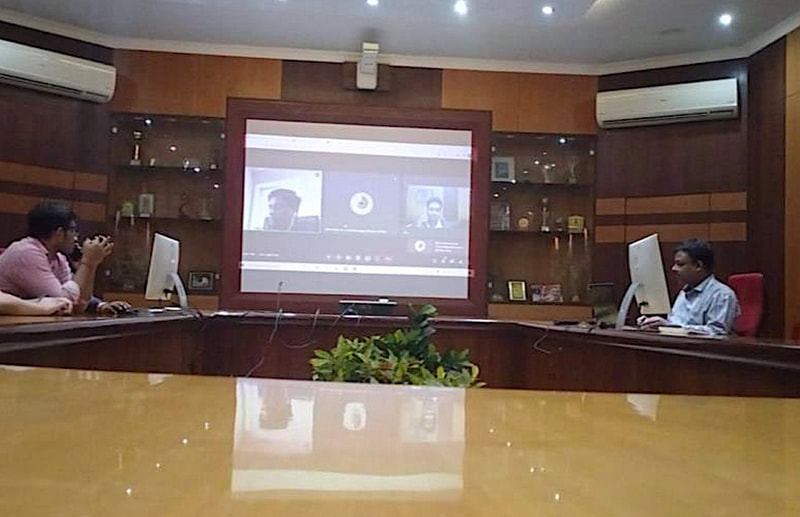
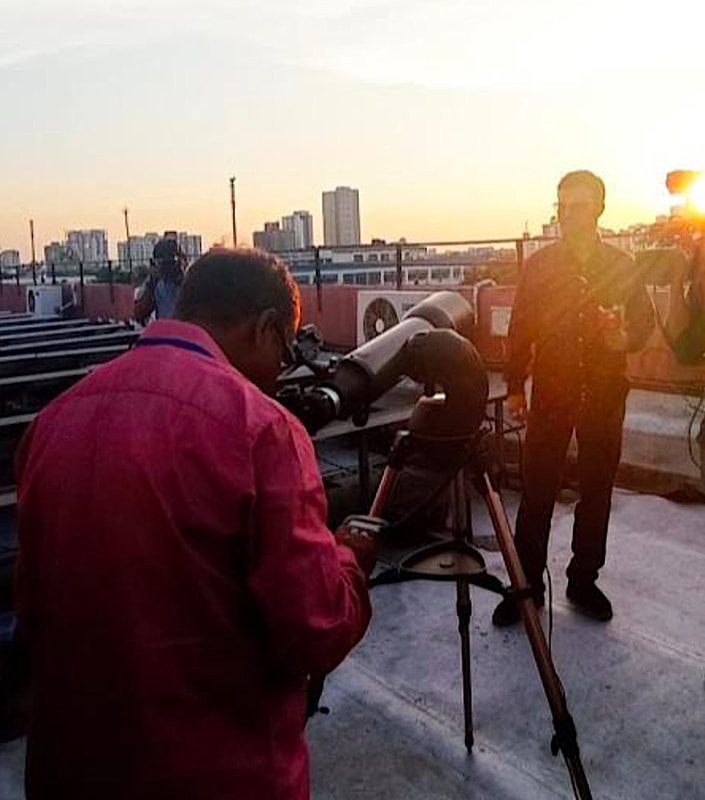
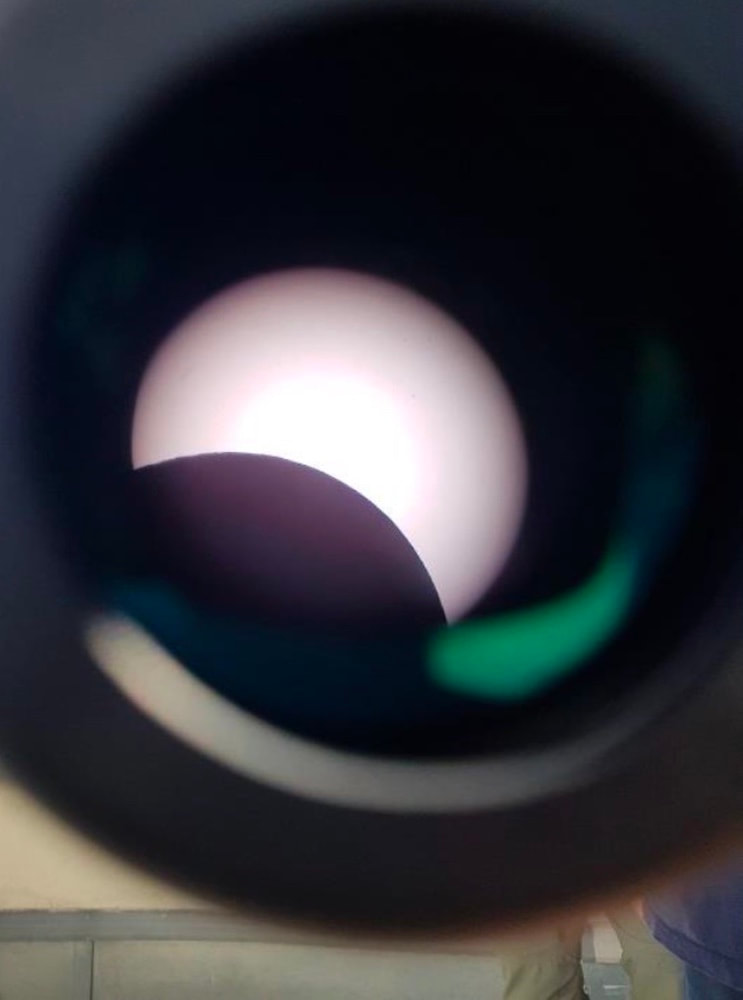
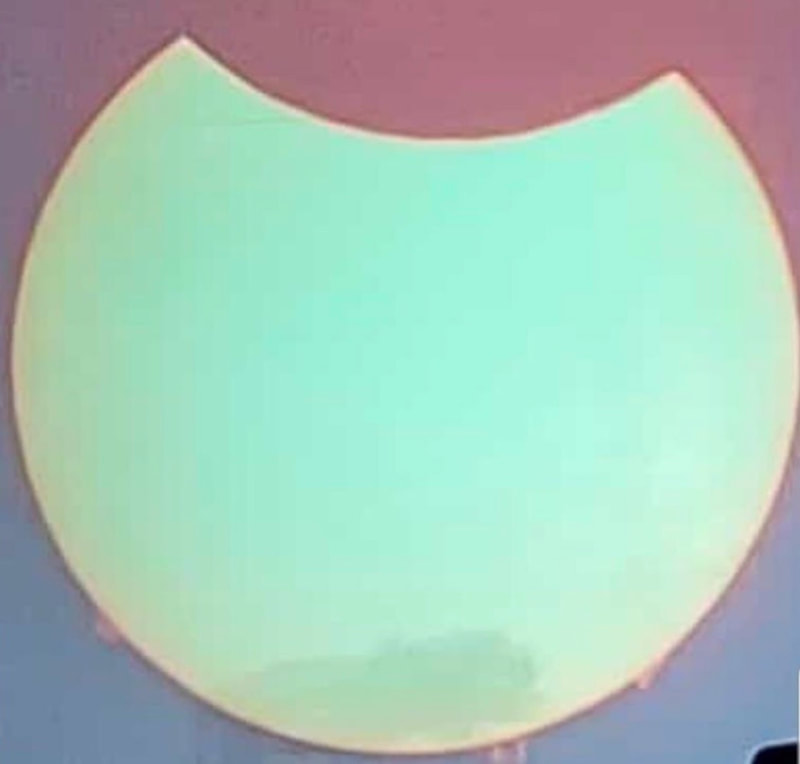
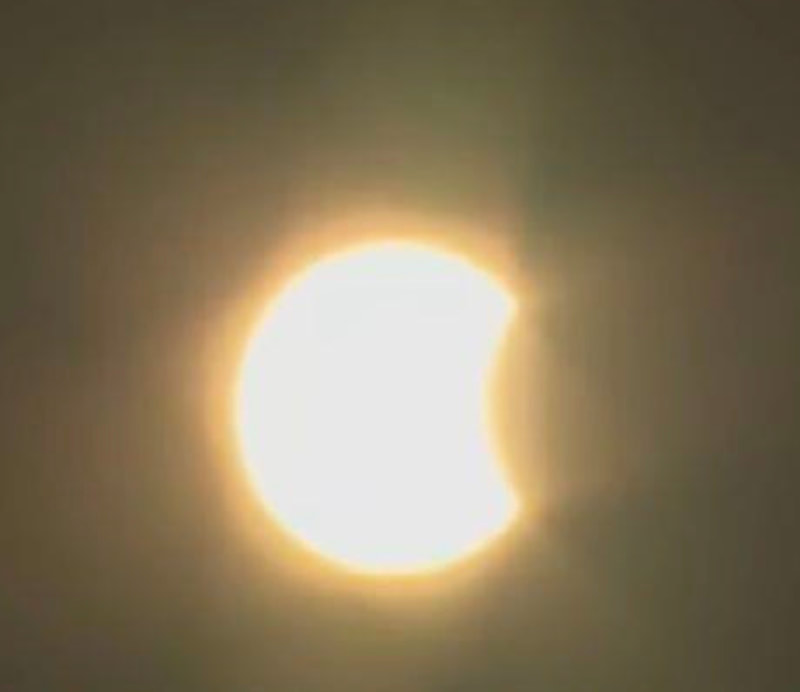
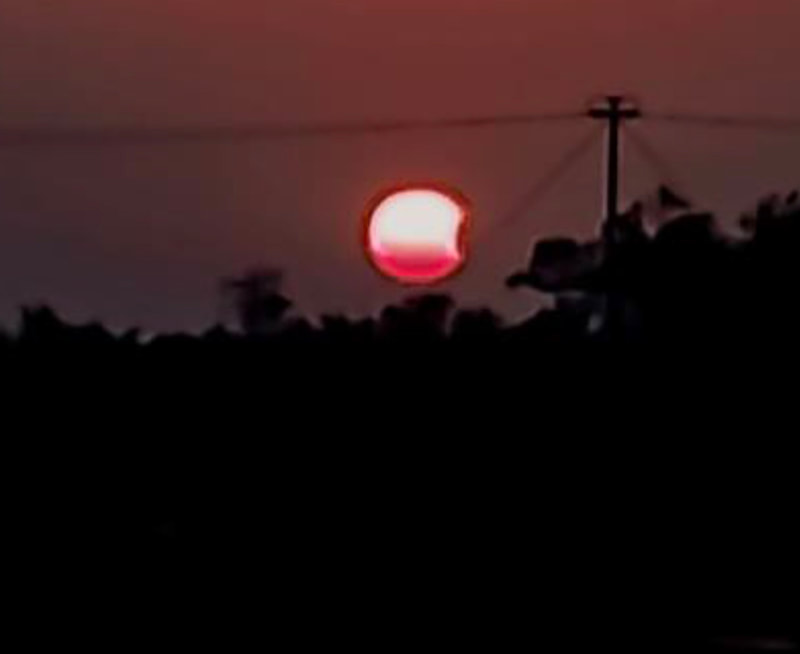
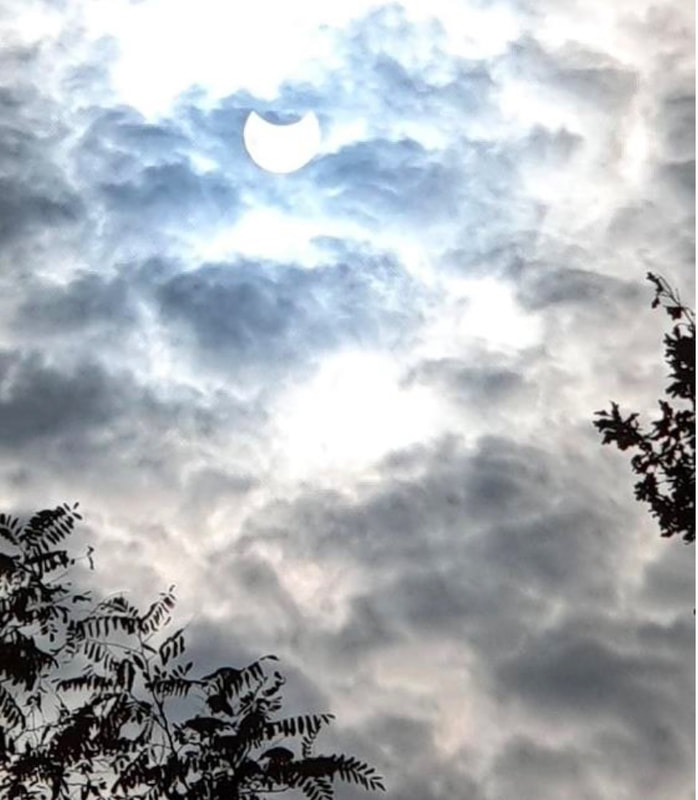
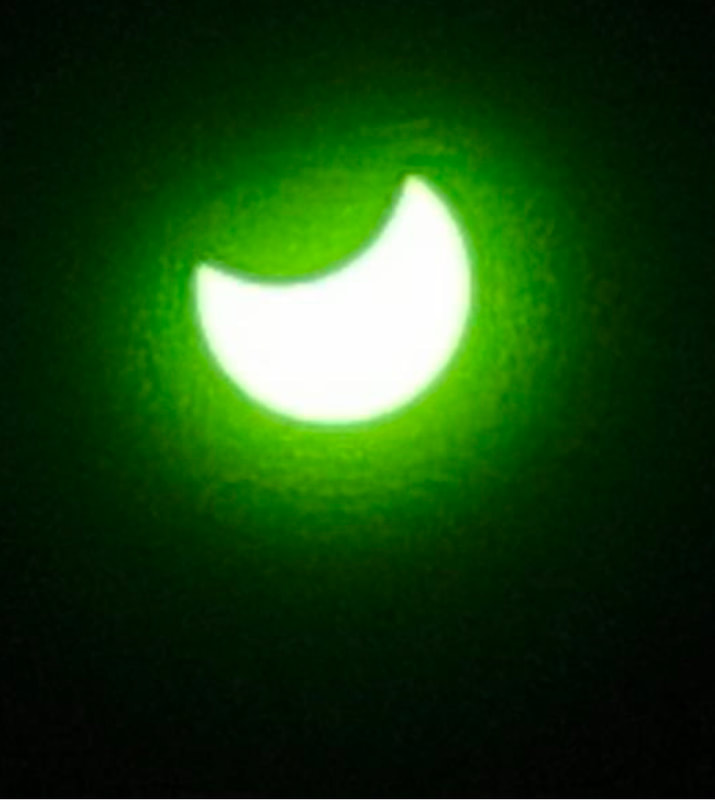
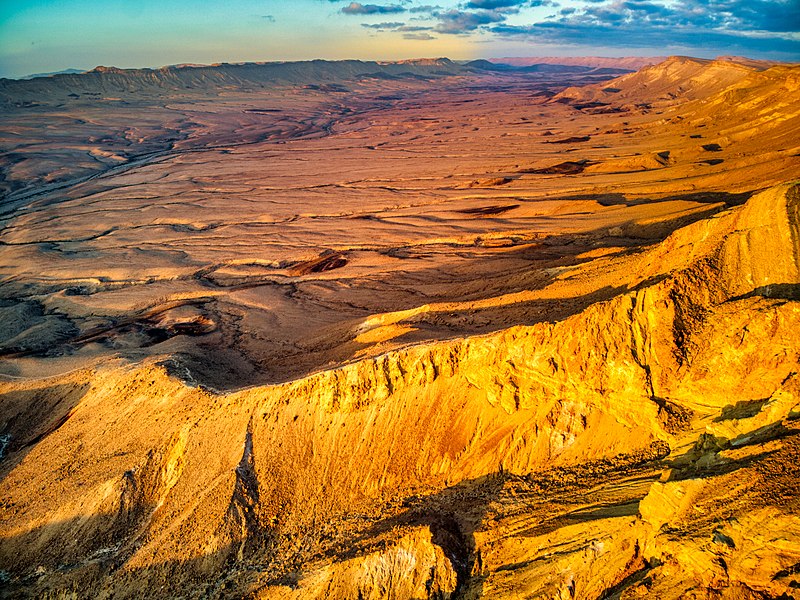
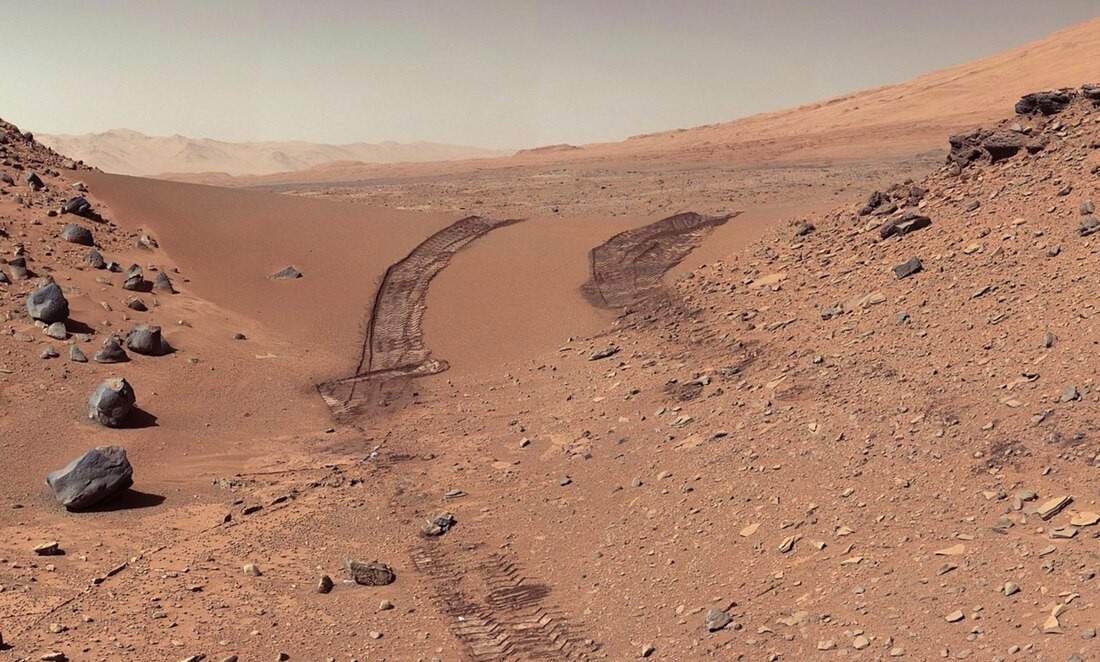

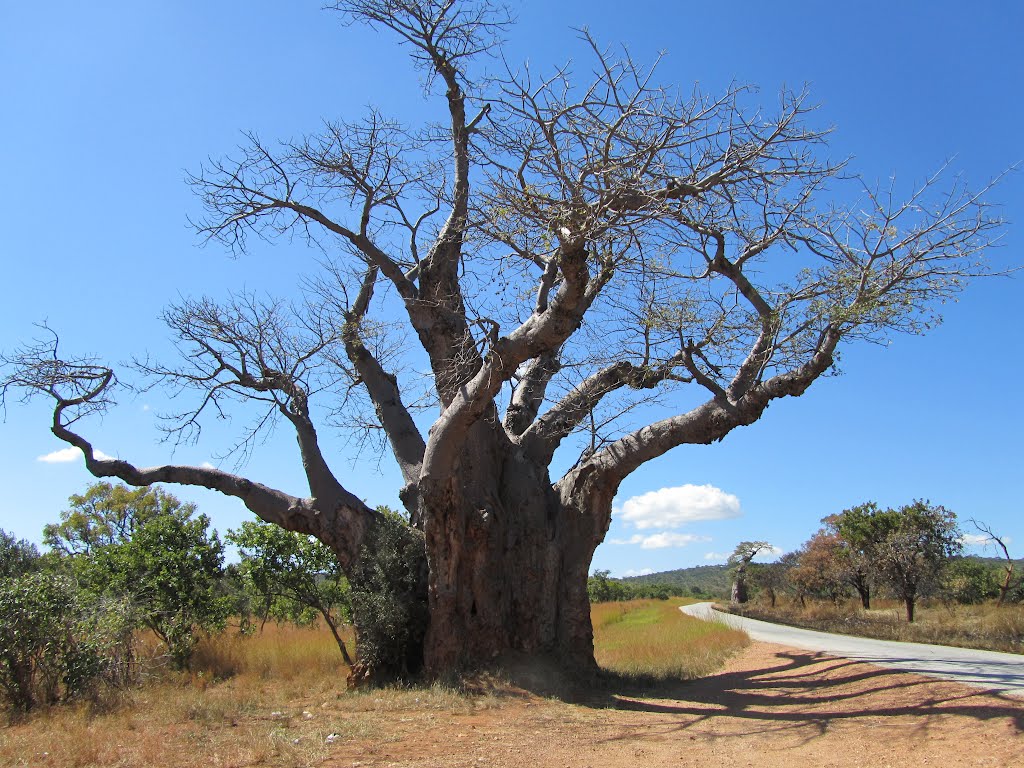
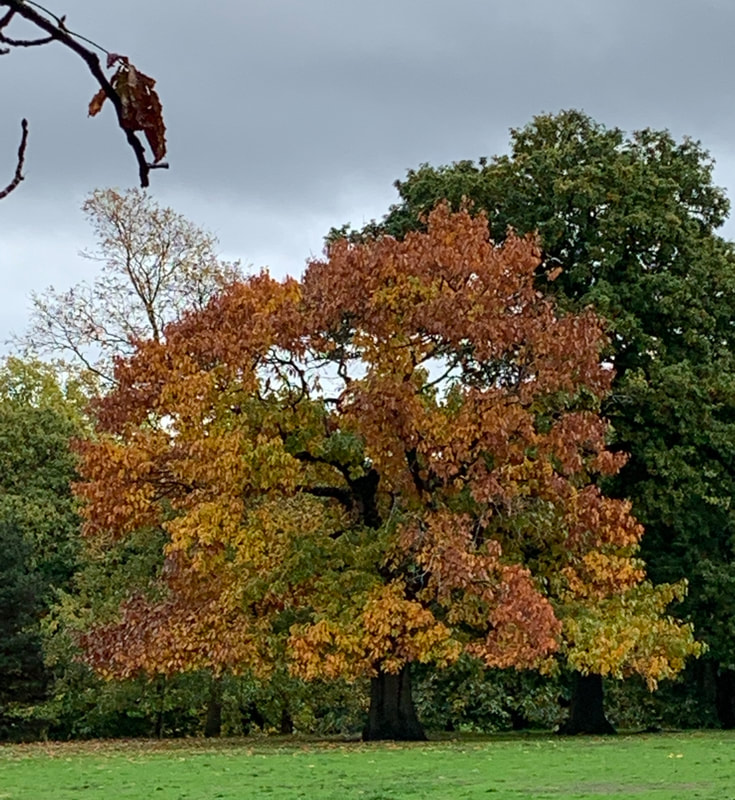
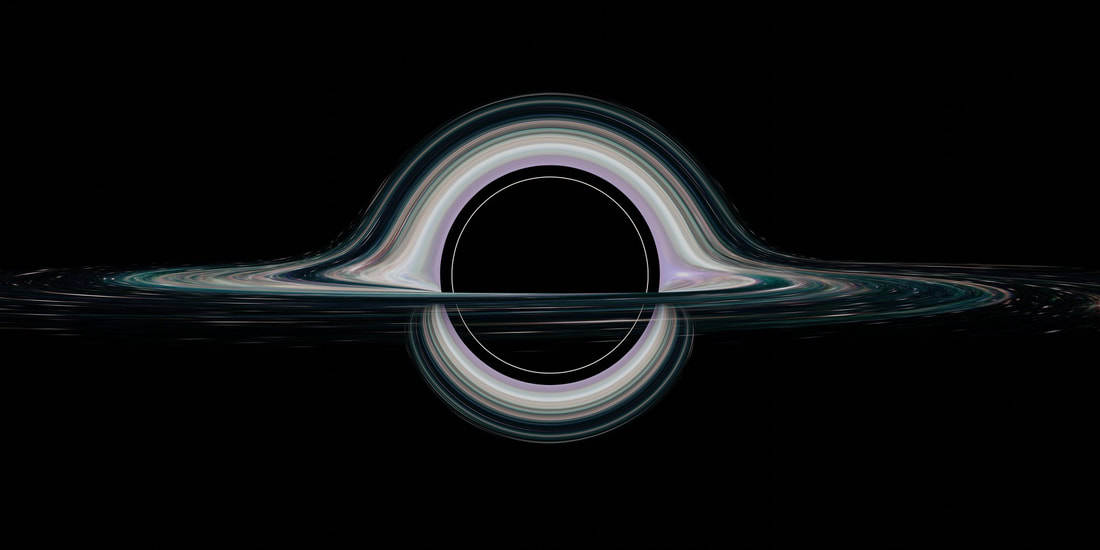
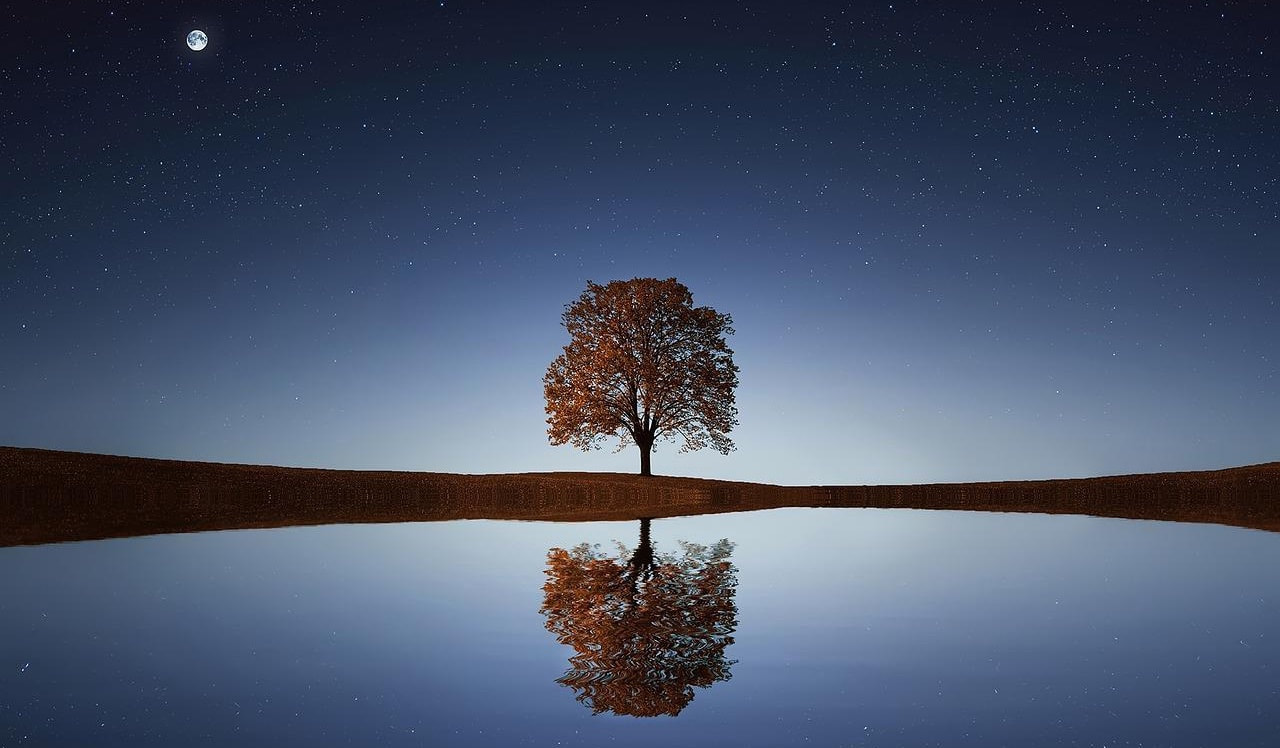
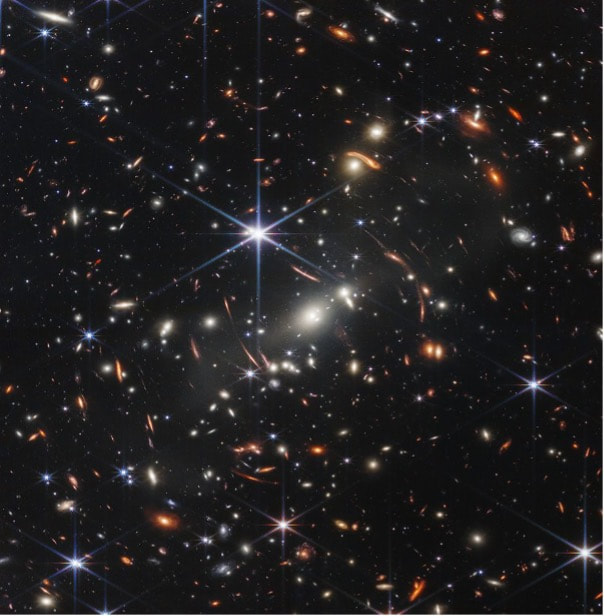

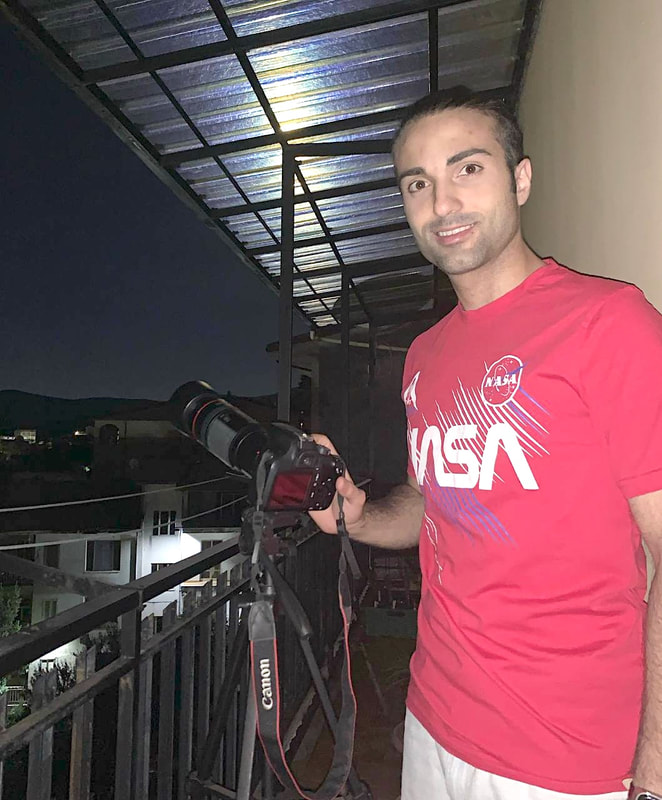
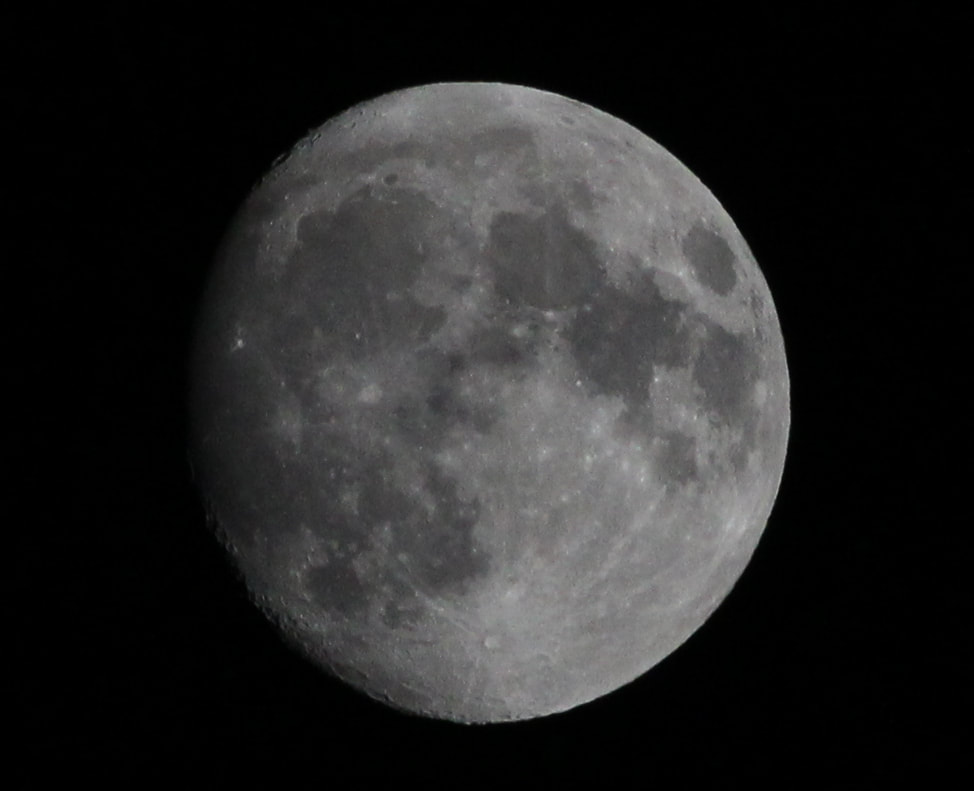
 RSS Feed
RSS Feed